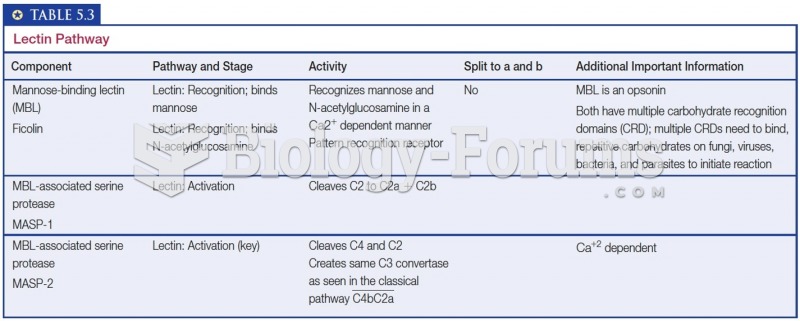Definition for Lectin
From Biology Forums Dictionary
Lectins are ubiquitous, being found in animals, plants, and microorganisms. The chief function of lectins in animals is to facilitate cell-cell contact. A lectin usually contains two or more binding sites for carbohydrate units; some lectins form oligomeric structures with multiple binding sites. The binding sites of lectins on the surface of one cell interact with arrays of carbohydrates displayed on the surface of another cell. Lectins and carbohydrates are linked by a number of relatively weak interactions that ensure specificity yet permit unlinking as needed. The interactions between one cell surface with carbohydrates and another with lectins resemble the action of Velcro; each interaction is relatively weak but the composite is strong.
The exact role of lectins in plants is unclear, although they can serve as potent insecticides. Castor beans contain so much lectin that they are toxic to most organisms. The binding specificities of lectins from plants have been well characterized. Bacteria, too, contain lectins. Escherichia coli bacteria are able to adhere to epithelial cells of the gastrointestinal tract because lectins on the E. coli surface recognize oligosaccharide units on the surfaces of target cells. These lectins are located on slender hairlike appendages called fimbriae (pili).
Lectins can be divided into classes on the basis of their amino acid sequences and biochemical properties. One large class is the C type (for calcium-requiring) found in animals. These proteins have in common a domain of 120 amino acids that is responsible for carbohydrate binding. A calcium ion acts as a bridge between the protein and the sugar through direct interactions with sugar hydroxyl groups. In addition, two glutamate residues in the protein bind to both the calcium ion and the sugar, while other protein side chains form hydrogen bonds with other hydroxyl groups on the carbohydrate. Changes in the amino acid residues that interact with the carbohydrate alter the carbohydrate-binding specificity of the lectin.


